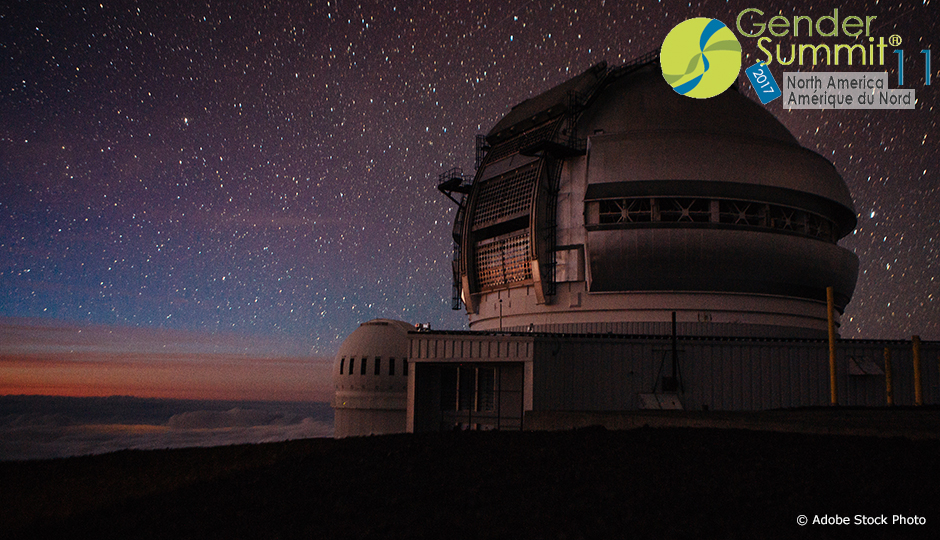
The history of the Universe
Laurie Rousseau-Nepton recently headed to Hawaii to study the heavens as a resident astronomer with the Canada-France-Hawaii Telescope and a postdoctoral fellow at the University of Hawaii. The young woman was chosen for her expertise with the imaging spectrograph SITELLE, which among other things makes it possible to study the stars within galaxies by “photographing” their characteristic light signatures. This allows her to identify young stars that formed just a few million years ago, in comparison to our Sun which is around five billion years old!
The SITELLE instrument came into being in part through Laurie Rousseau-Nepton’s PhD project, under the supervision of Carmelle Robert at Université Laval. “During my studies, I worked on the SITELLE prototype, called SPIOMM. I analyzed reams of astronomical data to identify the camera’s technical problems,” says Rousseau-Nepton, who now trains and assists astrophysicists and astronomers from around the world who come to use the Canada-France-Hawaii Telescope. SITELLE allows scientists to analyze a number of celestial objects such as nebulae and galaxies and determine their chemical composition, velocity, temperature and density, all for the purpose of better understanding the mechanisms of star formation and the chemical evolution of the Universe.
Trust your lucky star
At the Telescope, Laurie Rousseau-Nepton is part of a team of seven astronomers, including four women. It is the first time that she has worked in a team with so many women. “During my bachelor degree in physics, there were only three women in our cohort of 33,” recalls the astrophysicist. “For my Master’s and my PhD, I was the only woman for several years.” During her university career, she often felt that she had to prove herself as the only woman – and an indigenous woman at that – in her field. This situation made her stronger and helps her to deal with the sometimes misogynistic comments made about her. For example, her employment at the Telescope was seen by some as a way for the Canada-France-Hawaii Observatory to achieve parity, implying that women were not being recruited for their skills. Today, the astronomer doesn’t hesitate to talk about this journey and her experiences with young women and girls, especially indigenous girls living on reserves. Her message: don’t limit yourself to the jobs available on the reserve; there is a “galaxy” of possibilities to be explored. Just trust your lucky star, follow it and let it shine… as did Laurie Rousseau-Nepton!





